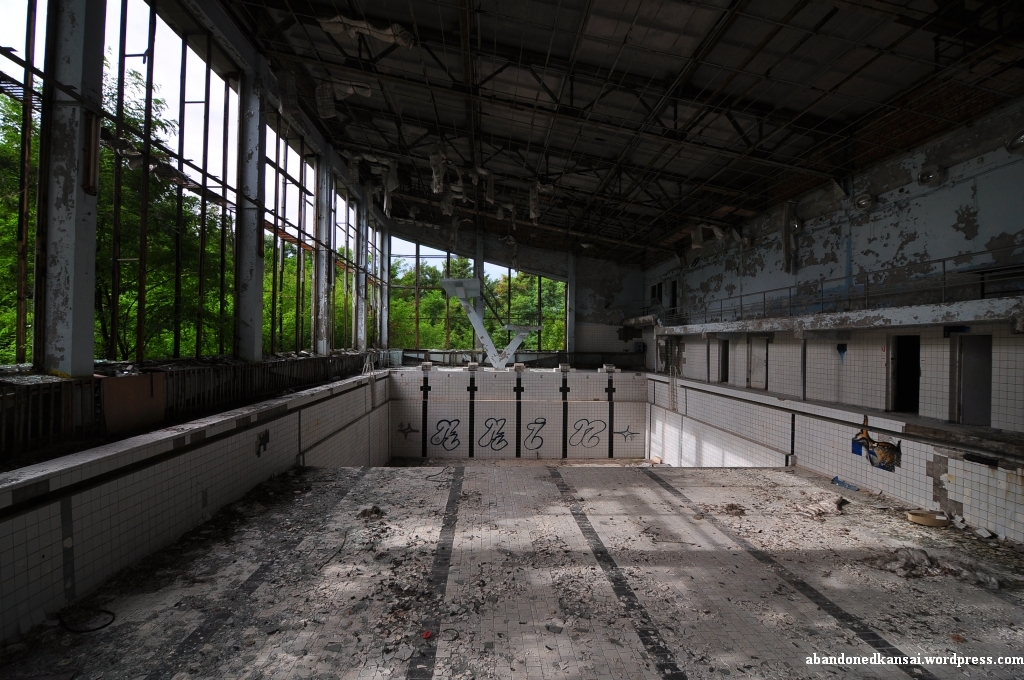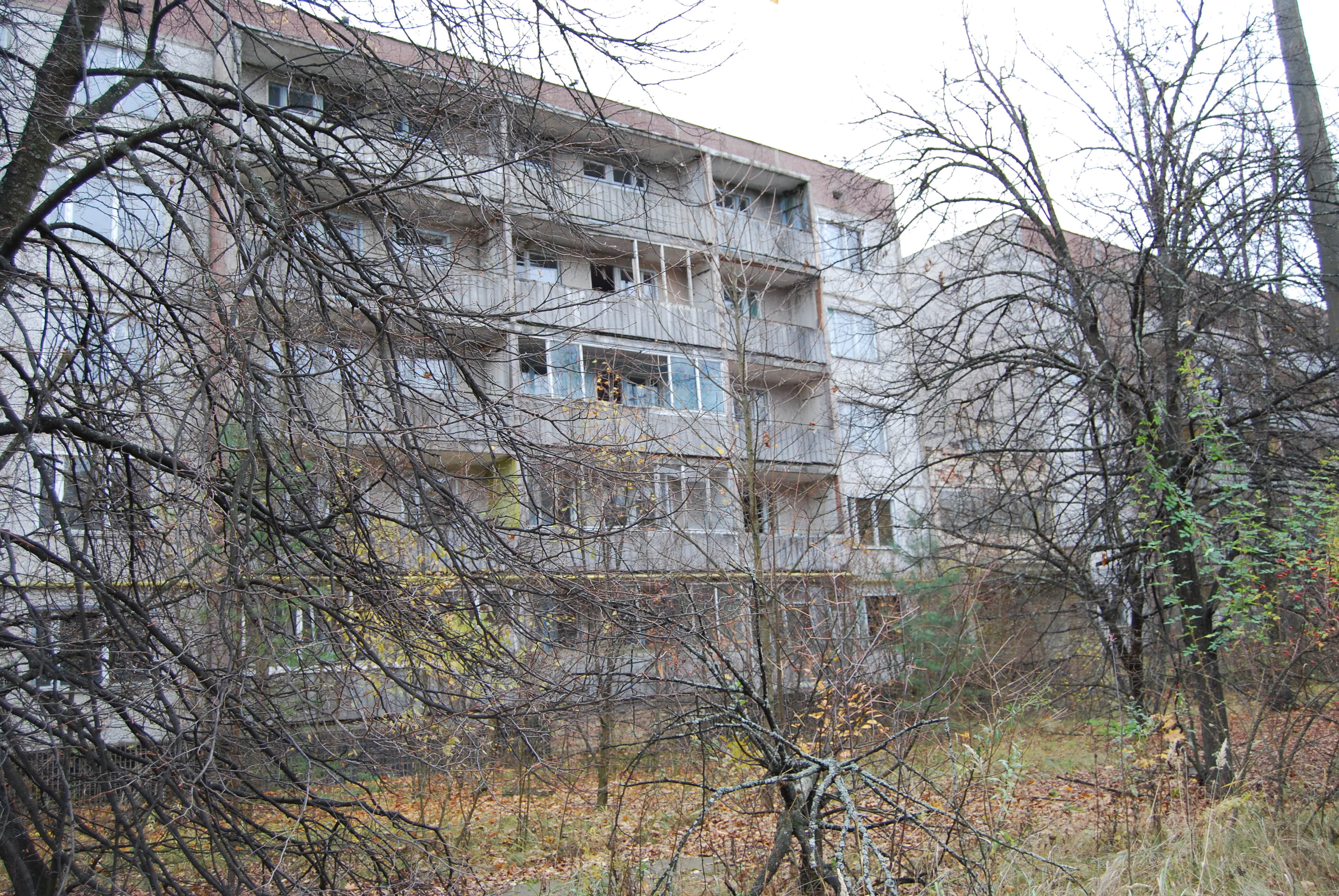No. what made a difference was the fact that Japan didnt let their citizens die and were slightly more proactive than the Soviets. They had an aggressive disaster response while the Soviet Union literally let their citizen run a parade while Chernobyl was on a meltdown.
Exactly. I don't see nothing wrong with that. If the Soviet Union had had an aggressive response, maybe Chernobyl would've been contained and Fukushima 30 years later would've ended up being worse in terms of exposure, since Reactor 4 was more accessible than Fukushima post Tsunami. The Soviets had the opportunity, they dropped the ball. Japan had the odds stacked against them and still managed to do something to mitigate the disaster.
1000 older folks died simply from the emergency move at Fukushima.
Sources?
Japan acknowledged the first possible casualty last year.
https://www.scientificamerican.com/...sualty-at-fukushima-nuclear-plant/?redirect=1
Where did you find out that a THOUSAND people died?
Good thing Fukushima has the ocean to spread tons of contaminated nuclear material for decades. You can drink wine from California with Cesium137 at 'safe' levels.
We know about Chernobyl because it happened more than 30 years ago. We barely know anything about the long term impacts of Fukushima.
As opposed to traveling by air and being notified by SWEDEN that your reactor is fucking gone?
I'd say that's pretty equivalent all things considered but the scale and speed of the spread and the exposure and concentration was infinitely worse with Chernobyl. It is true that the long term impact of Fukushima will be known in the future but according to what we know, it's not going to be as bad as Chernobyl. It's been 8 years since Fukushima and no mass radiation poisoning took place. 8 years, and all we still have is speculation. Think about that.
Your first article is a guy pushing his book, 3 years ago. What a reliable source?
My first source is indeed this guy. He wrote a book about radiation and wrote an article specifically comparing Fukushima and Chernobyl.
With credentials like this :
Timothy J. Jorgensen is associate professor of Radiation Medicine, and Director of the Health Physics and Radiation Protection Graduate Program, at Georgetown University in Washington DC. His scientific expertise is in radiation biology, cancer epidemiology, and public health. He is board certified in public health by the National Board of Public Health Examiners (NBPHE). He serves on the National Council on Radiation Protection (NCRP), he chairs the Georgetown University Radiation Safety Committee, and he is an associate in the Epidemiology Department at the Bloomberg School of Public Health at the Johns Hopkins University. His research interests include the genetic determinants of cellular radiation resistance, and the genes that modify the risk of cancer. He is the author of the award-winning book "Strange Glow: The Story of Radiation" (Princeton University Press; 2016) -- a book that explores the risks and benefits of radiation use in daily life.
https://theconversation.com/profiles/timothy-j-jorgensen-239253
He's going to be pretty hard to discreditate, so yeah, he wrote a book, so what's your point? Are you going to dismiss authors and University professors to focus solely on people who have never published anything except from shitty blog posts?
Of course the swift reaction of Japan mitigated the disaster, because the potential was there, that's entirely the point. If they had let it go it would've been worse than Chernobyl I think. But they didn't, so it wasn't.






